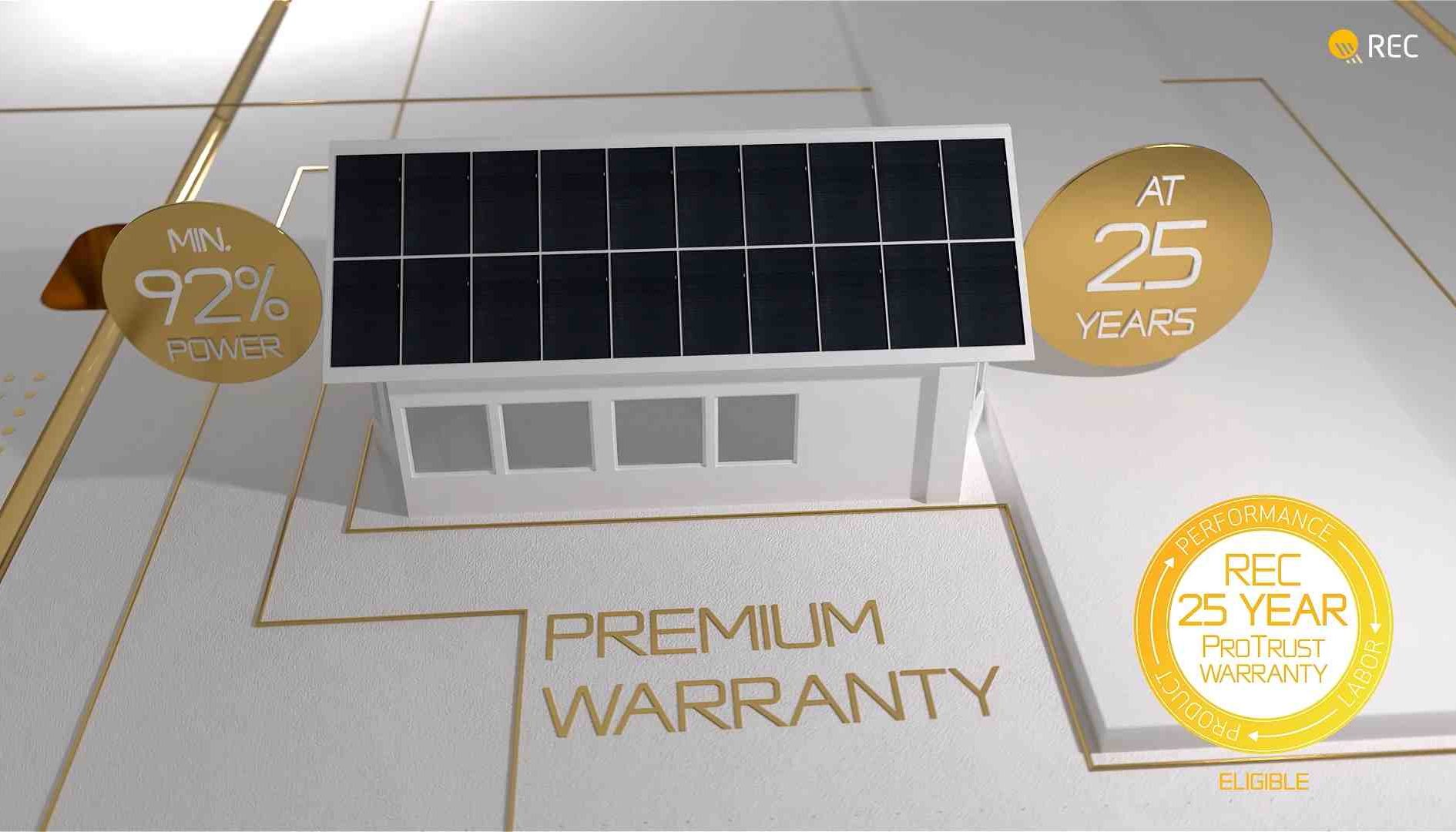Pismo Beach, CA, February 29, 2024 – REC Group, an international pioneering solar energy company, is proudly presenting its fifth solar panel innovation based on its renowned Alpha heterojunction cell technology (HJT), the REC Alpha Pure 2. With up to 430 Wp in a compact format, the REC Alpha Pure 2 offers US homeowners and businesses a high efficiency of up to 22.2%. Production has started at REC’s Industry 4.0 fab in Singapore and first shipments will reach the US market in May 2024.

Like its predecessor, the 2022 Intersolar Award winner REC Alpha Pure, the new REC Alpha Pure 2 Series is based on REC’s advanced Alpha technology, featuring 132 half-cut HJT cells in a gapless cell layout for improved power density and aesthetics. REC’s panels continue to be lead-free and RoHS compliant, simplifying the recycling after the panel’s end of life and eliminating the risk of adding hazardous materials to the environment.
In line with REC’s commitment to long-term product performance, the new REC Alpha Pure 2 is also eligible for the comprehensive REC ProTrust warranty package of up to 25 years and guarantees 92% of the nameplate power at year 25. Long-term product performance not only benefits system owners, but also reduces resource consumption and demonstrates REC’s commitment to sustainability.
Mastering HJT


The new REC Alpha Pure 2 is REC’s fifth Alpha HJT product innovation and exemplifies REC’s mastery of HJT, first launched in 2019. “REC is committed to HJT and has a strong track record of manufacturing HJT solar panels. I believe this technology presents the biggest potential for efficiency leaps in the near-future,” says Cary Hayes, President of REC Americas.
The benefits of HJT and the new REC Alpha Pure 2 solar panel include:
- With up to 430 Wp in a compact format, the REC Alpha Pure 2 offers high efficiency of up to 22.2%.
- At least 92% guaranteed power output at year 25.
- Made from two different materials, HJT cells allow more efficient capture of sun light and higher energy conversion rates.
- The lowest temperature coefficient of -0.24% per °C enables higher energy output, even as temperatures rise.
- REC Alpha HJT cells require only 6 to 7 production steps, reducing the risk of microcracks and energy consumption.
- Manufacturing HJT cells requires only a low temperature process of 200°C, reducing thermal stress for cells and energy consumption.
- HJT cells are based on thinner wafers, giving them a higher flexibility and robustness, further reducing the risk of microcracks.





















